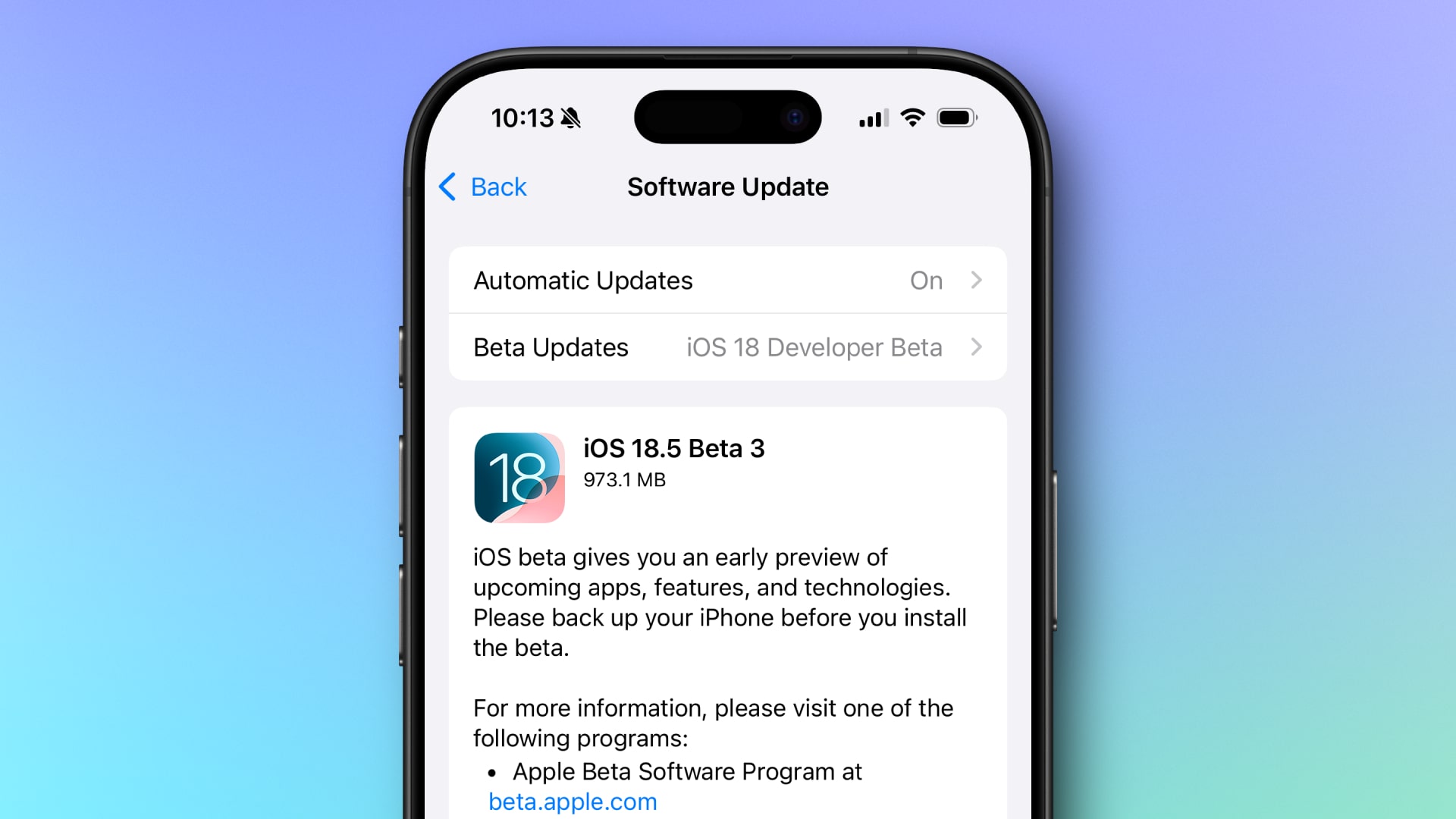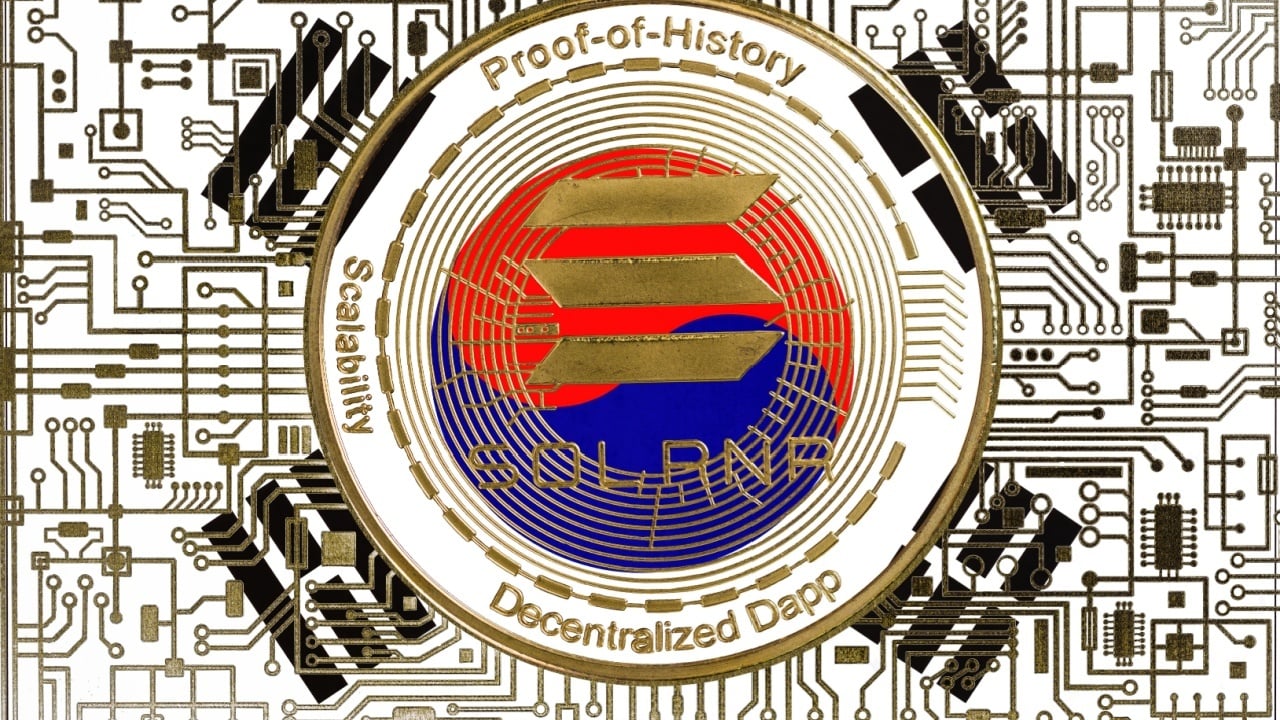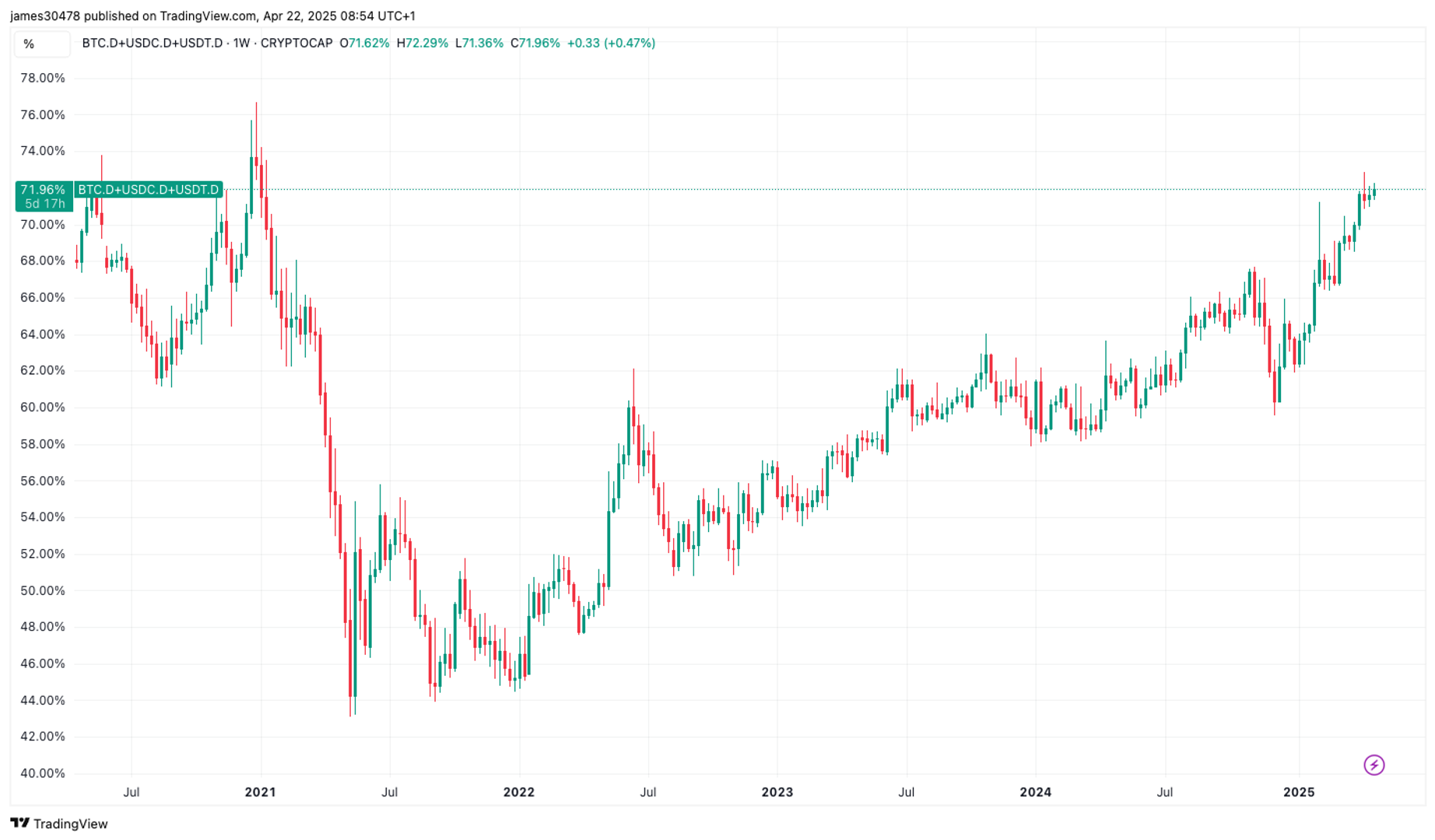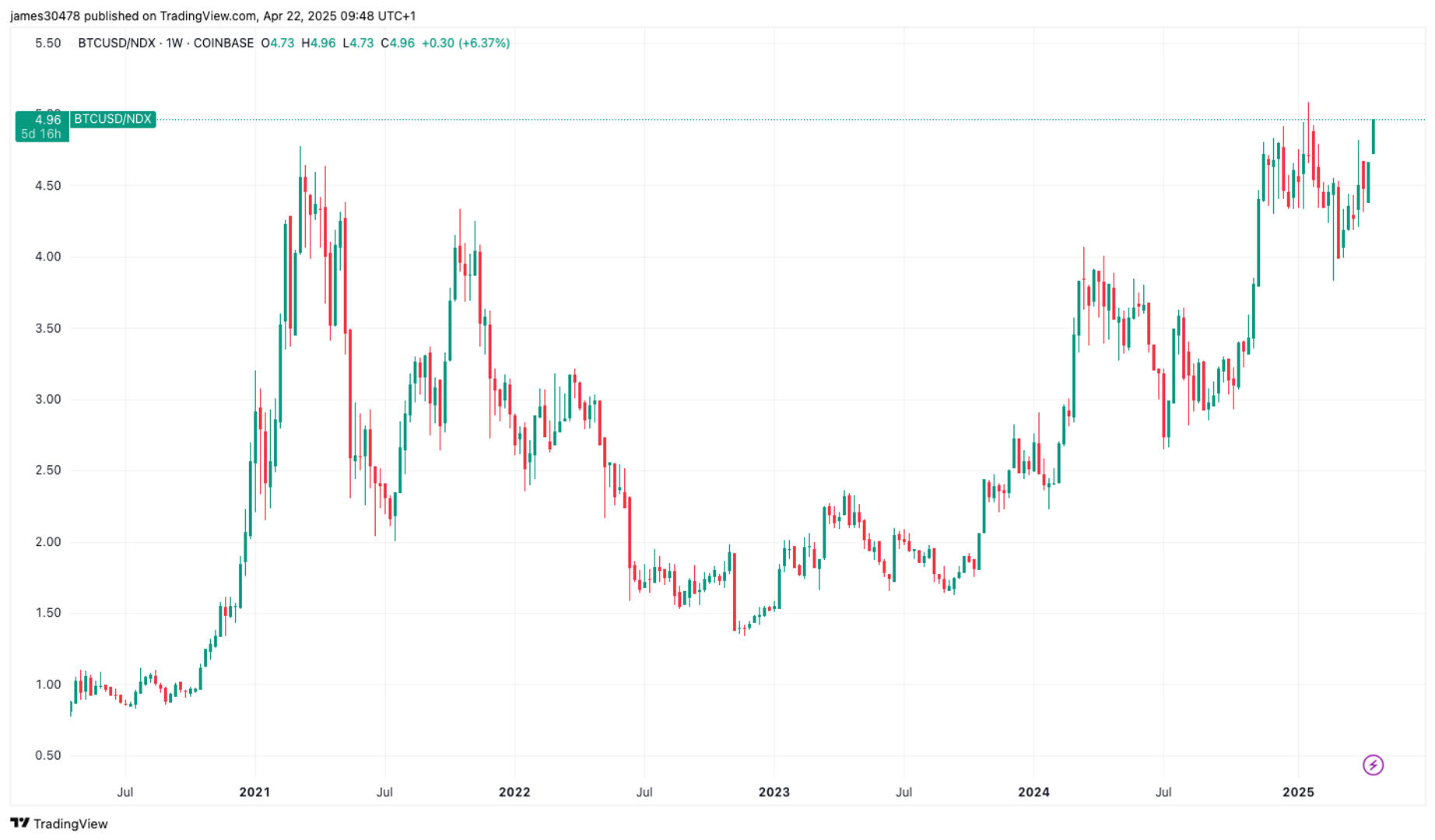Introduction Microservices have revolutionized how we build scalable, resilient, and independently deployable systems. Microservices is no doubt that microservices comes with a lot of benefit but is becomes tricky when you have to deal with databases and storage. One of the thorniest issues that arise when adopting microservice architecture is how to manage data across distributed services. Should each microservice own its own database? Should they share one? And how do you ensure consistency and reliability in a distributed world? In this article, we’ll explore the major database architecture patterns in microservices, analyze their trade-offs, and offer a final verdict backed by real-world experience.

Introduction
Microservices have revolutionized how we build scalable, resilient, and independently deployable systems. Microservices is no doubt that microservices comes with a lot of benefit but is becomes tricky when you have to deal with databases and storage. One of the thorniest issues that arise when adopting microservice architecture is how to manage data across distributed services. Should each microservice own its own database? Should they share one? And how do you ensure consistency and reliability in a distributed world?
In this article, we’ll explore the major database architecture patterns in microservices, analyze their trade-offs, and offer a final verdict backed by real-world experience.












































































































































































![[The AI Show Episode 144]: ChatGPT’s New Memory, Shopify CEO’s Leaked “AI First” Memo, Google Cloud Next Releases, o3 and o4-mini Coming Soon & Llama 4’s Rocky Launch](https://www.marketingaiinstitute.com/hubfs/ep%20144%20cover.png)


































































































































![From fast food worker to cybersecurity engineer with Tae'lur Alexis [Podcast #169]](https://cdn.hashnode.com/res/hashnode/image/upload/v1745242807605/8a6cf71c-144f-4c91-9532-62d7c92c0f65.png?#)























![BPMN-procesmodellering [closed]](https://i.sstatic.net/l7l8q49F.png)





















































































.jpg?#)
.jpg?#)



































.webp?#)





























































































![CarPlay app with web browser for streaming video hits App Store [U]](https://i0.wp.com/9to5mac.com/wp-content/uploads/sites/6/2024/11/carplay-apple.jpeg?resize=1200%2C628&quality=82&strip=all&ssl=1)



![What’s new in Android’s April 2025 Google System Updates [U: 4/21]](https://i0.wp.com/9to5google.com/wp-content/uploads/sites/4/2025/01/google-play-services-3.jpg?resize=1200%2C628&quality=82&strip=all&ssl=1)











![Apple Releases iOS 18.5 Beta 3 and iPadOS 18.5 Beta 3 [Download]](https://www.iclarified.com/images/news/97076/97076/97076-640.jpg)
![Apple Seeds visionOS 2.5 Beta 3 to Developers [Download]](https://www.iclarified.com/images/news/97077/97077/97077-640.jpg)
![Apple Seeds tvOS 18.5 Beta 3 to Developers [Download]](https://www.iclarified.com/images/news/97078/97078/97078-640.jpg)
![Apple Seeds watchOS 11.5 Beta 3 to Developers [Download]](https://www.iclarified.com/images/news/97079/97079/97079-640.jpg)





























































































































